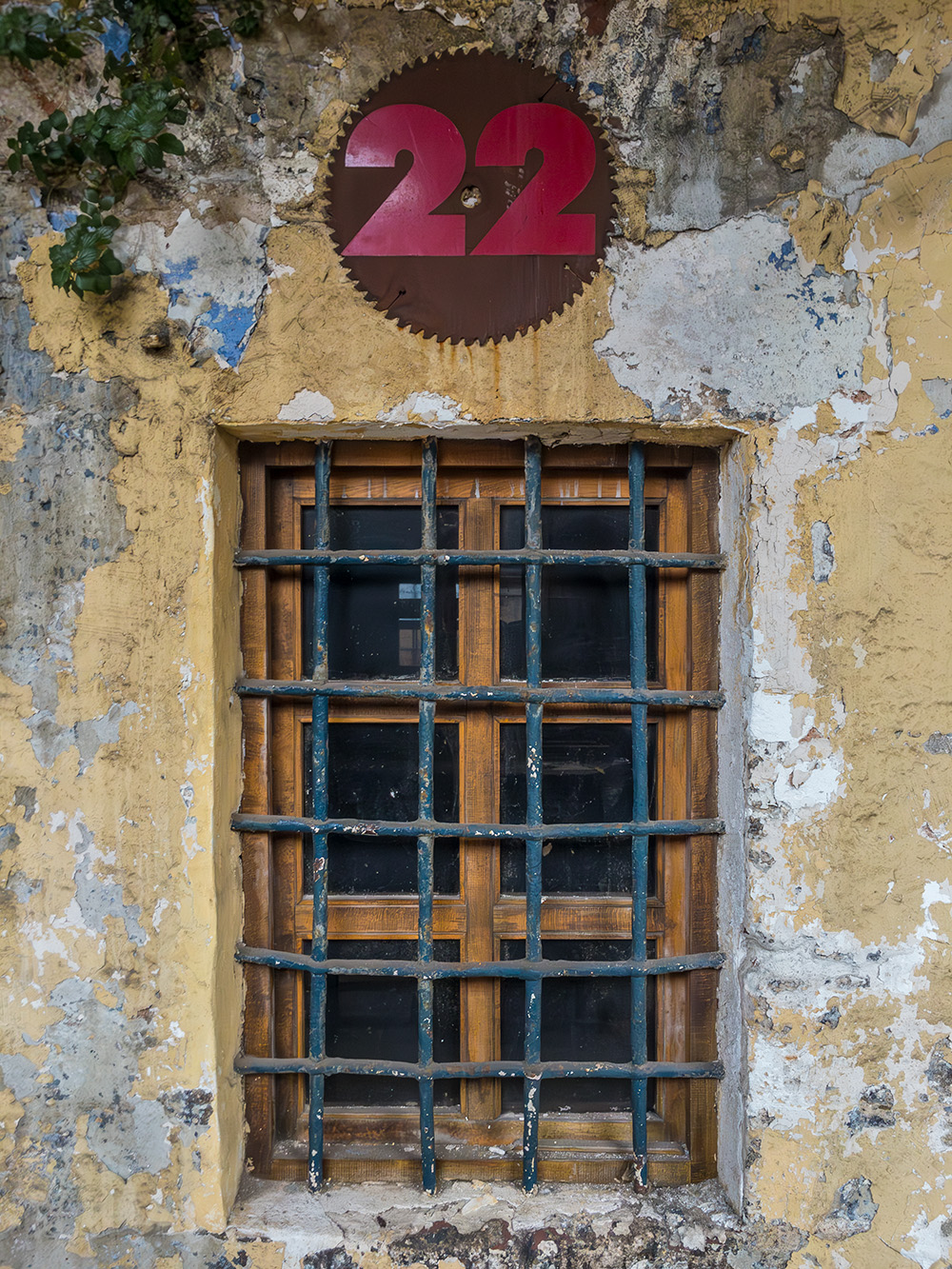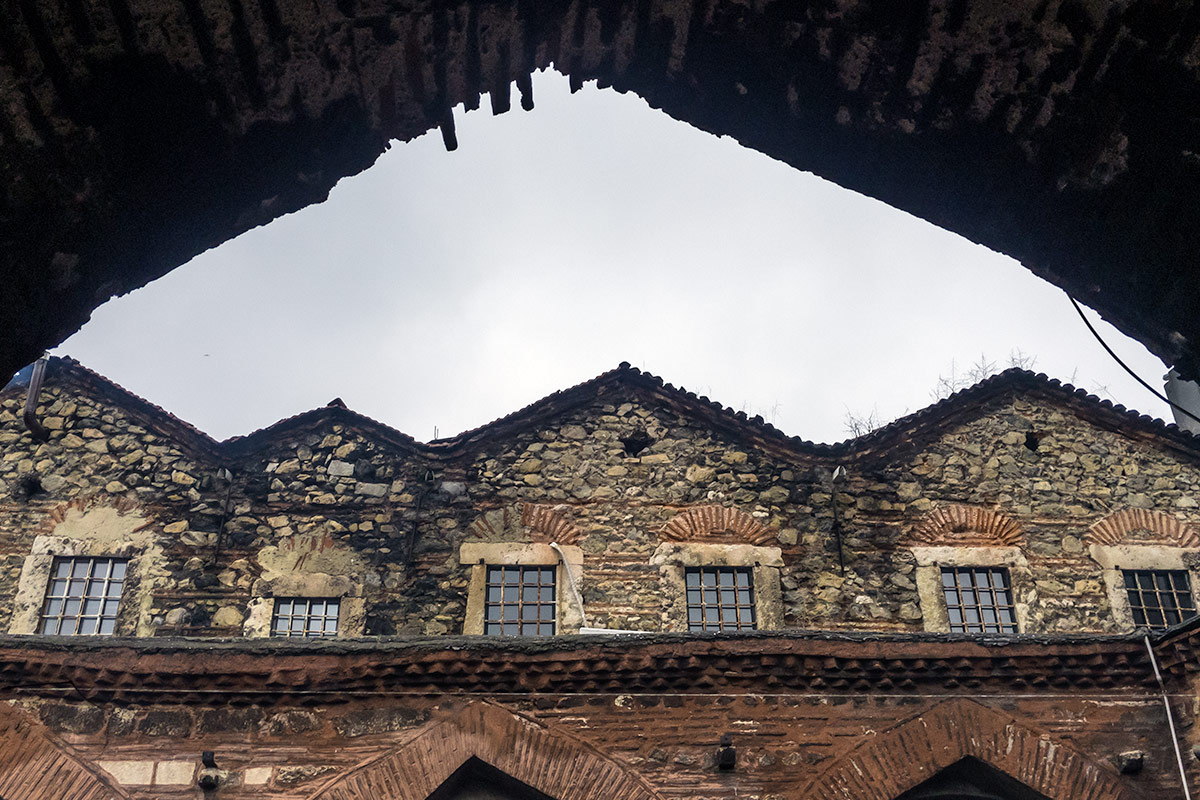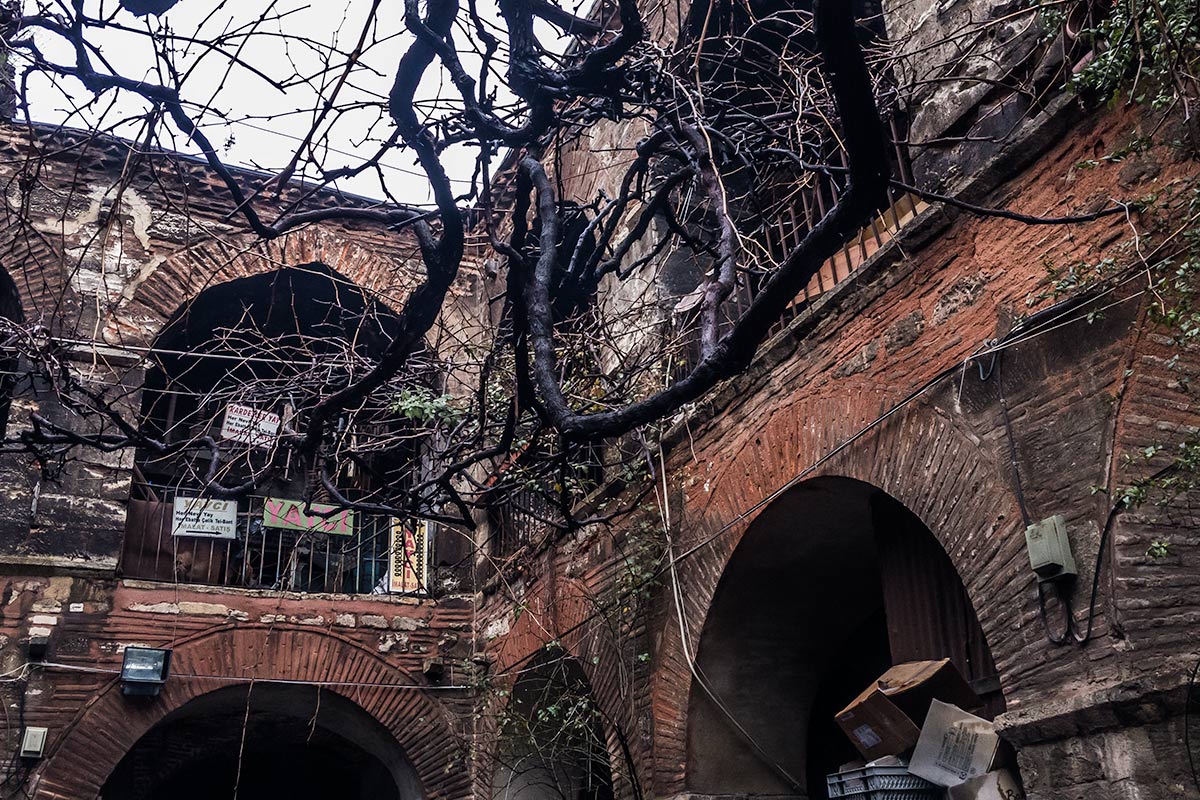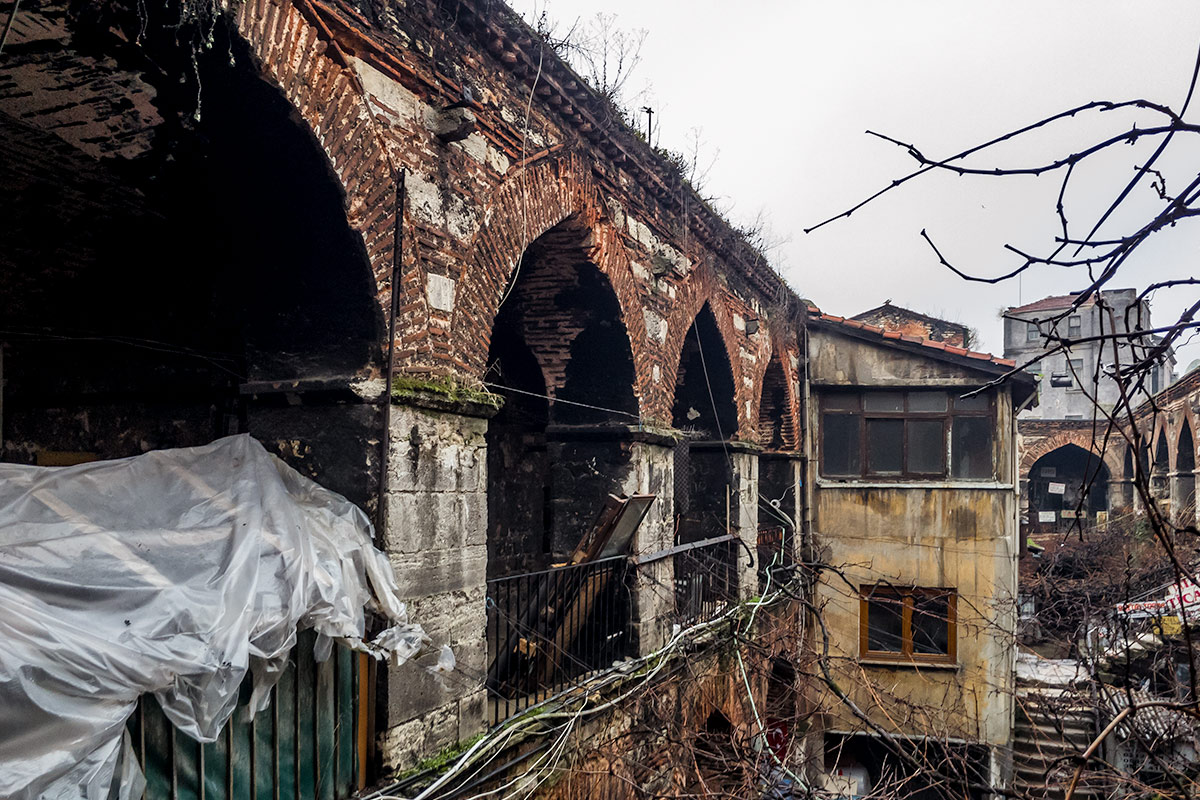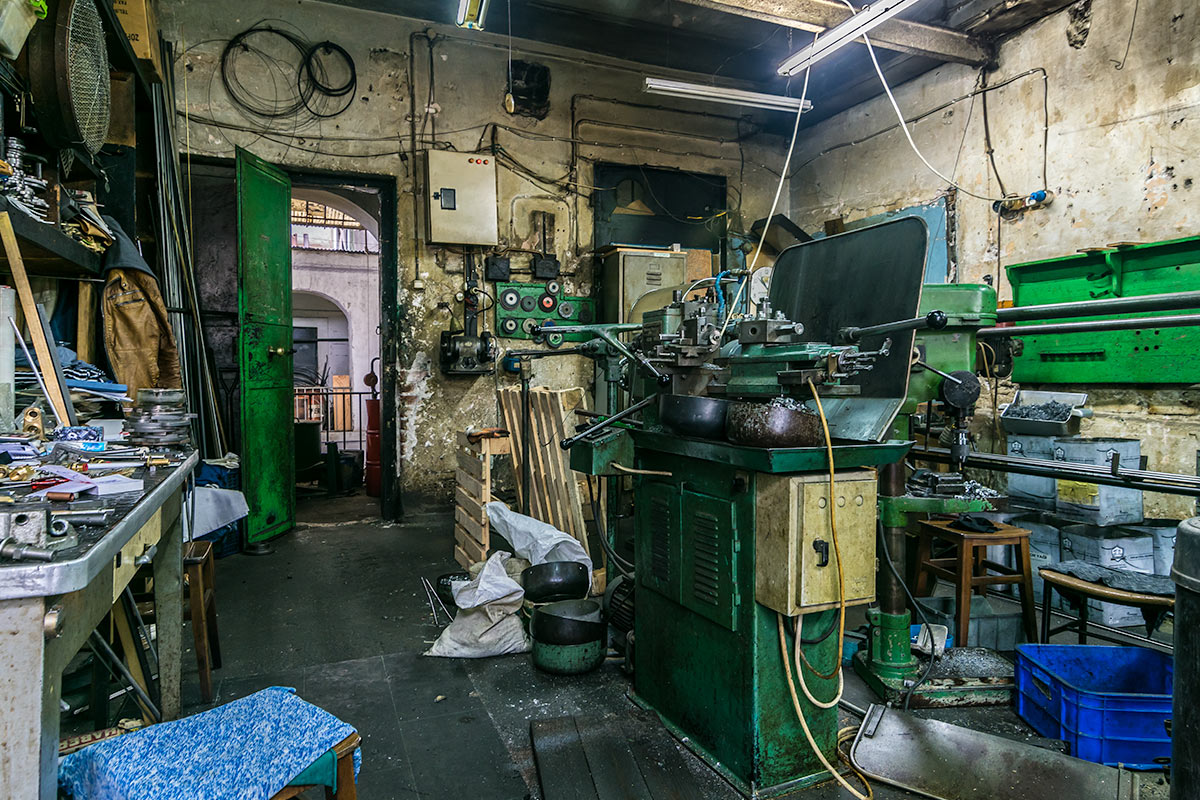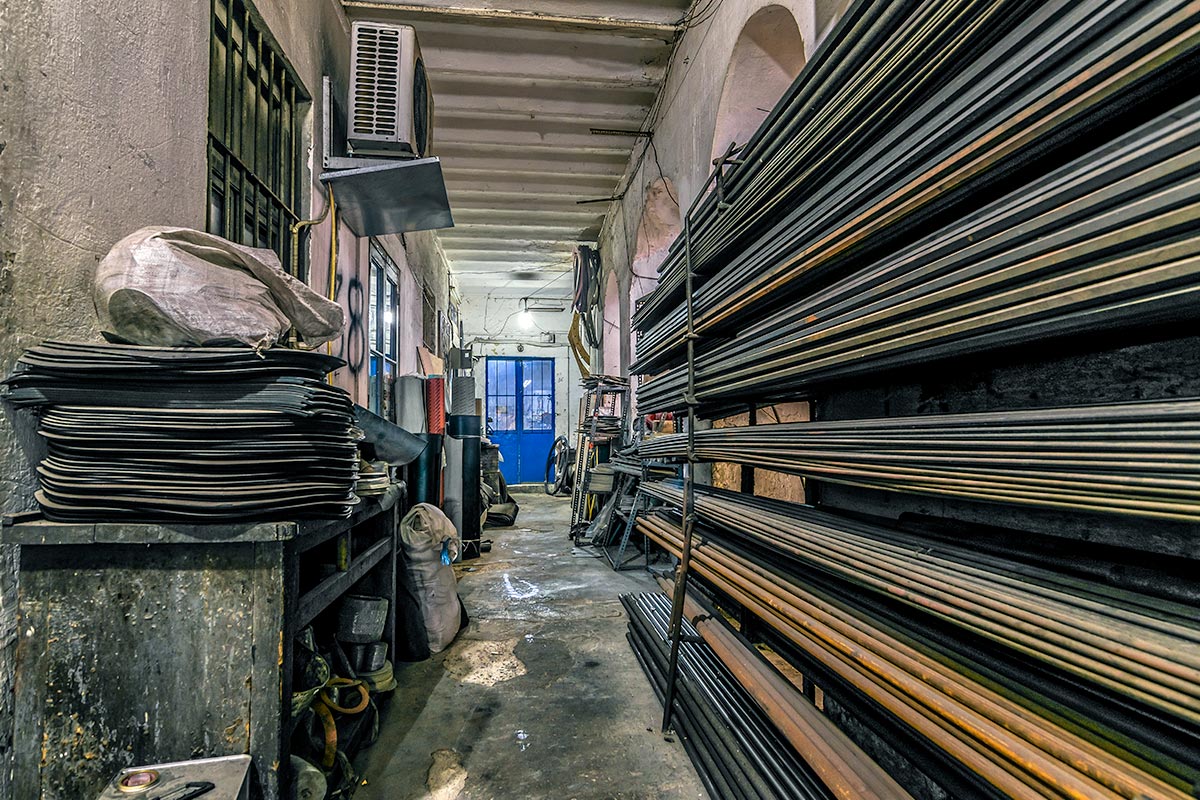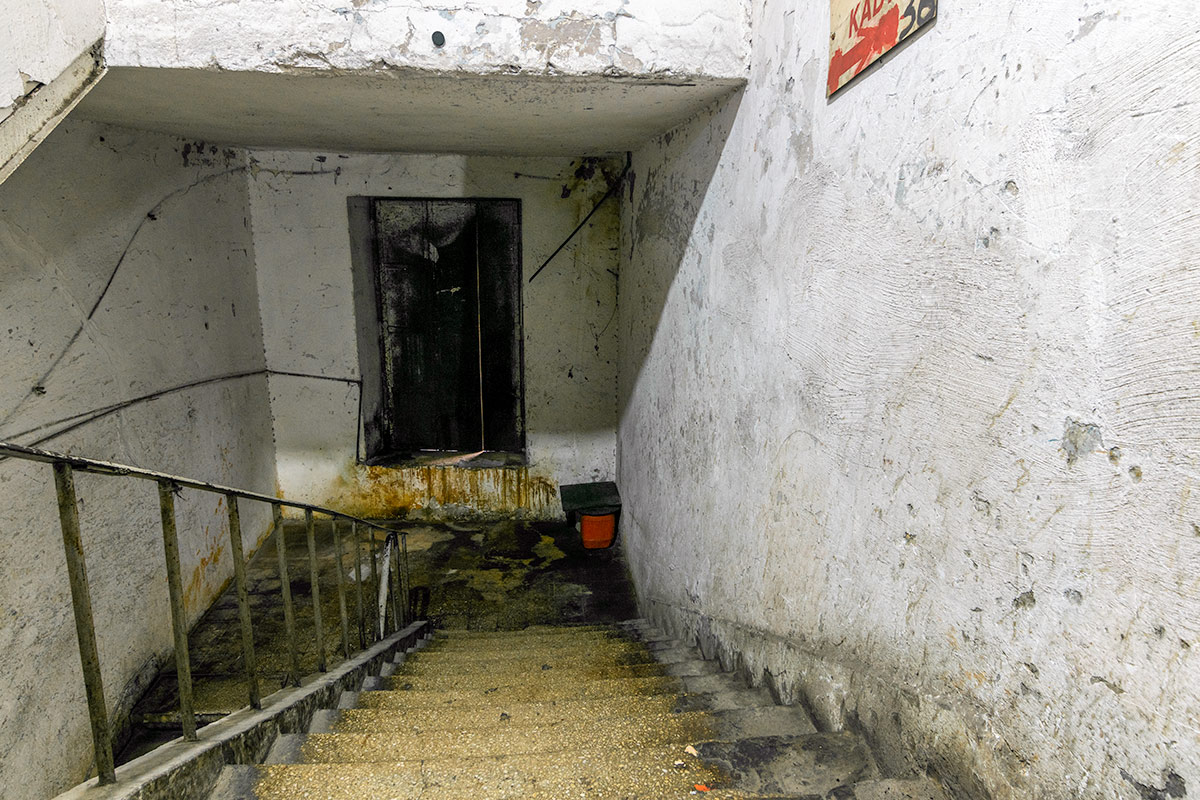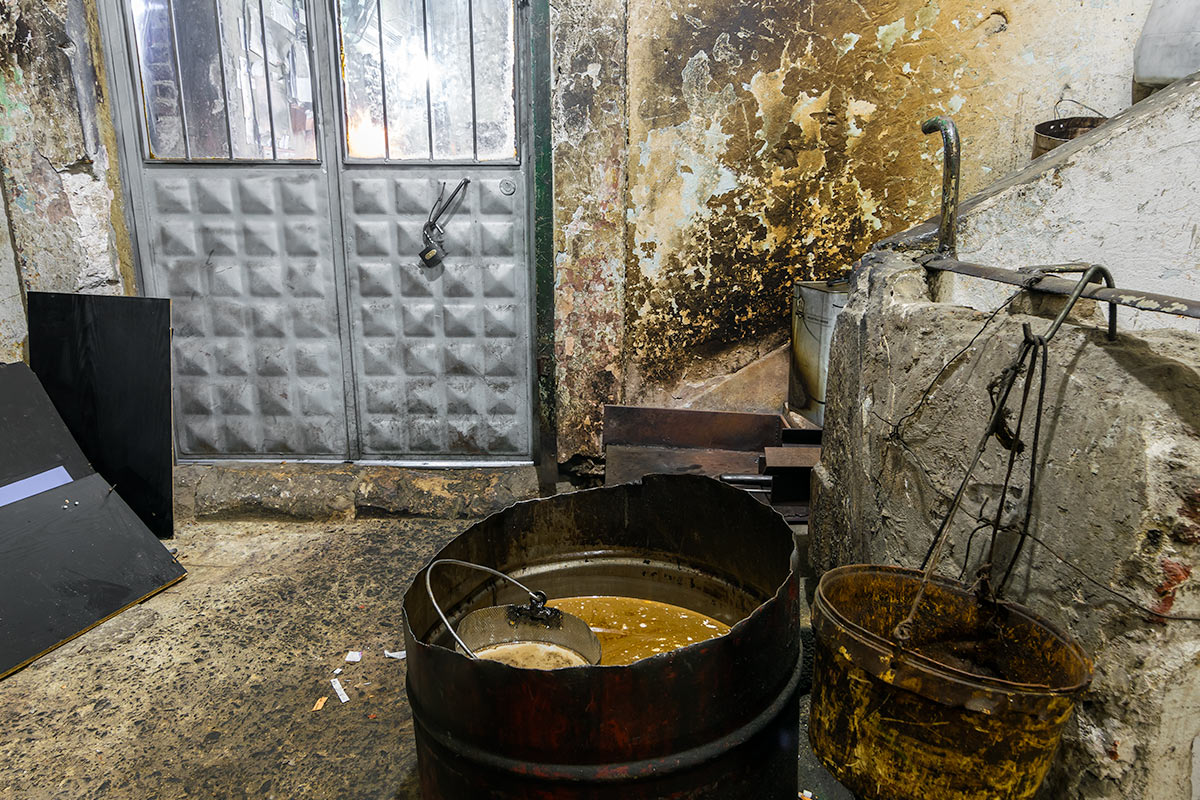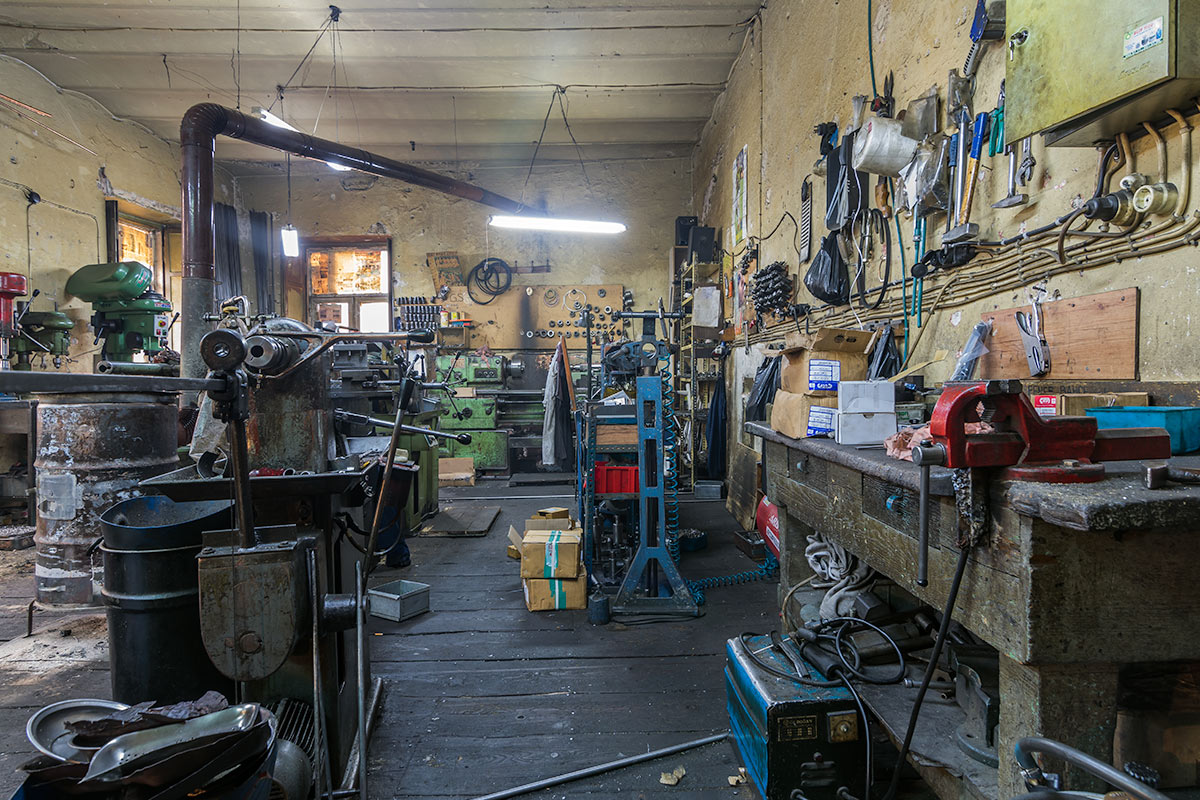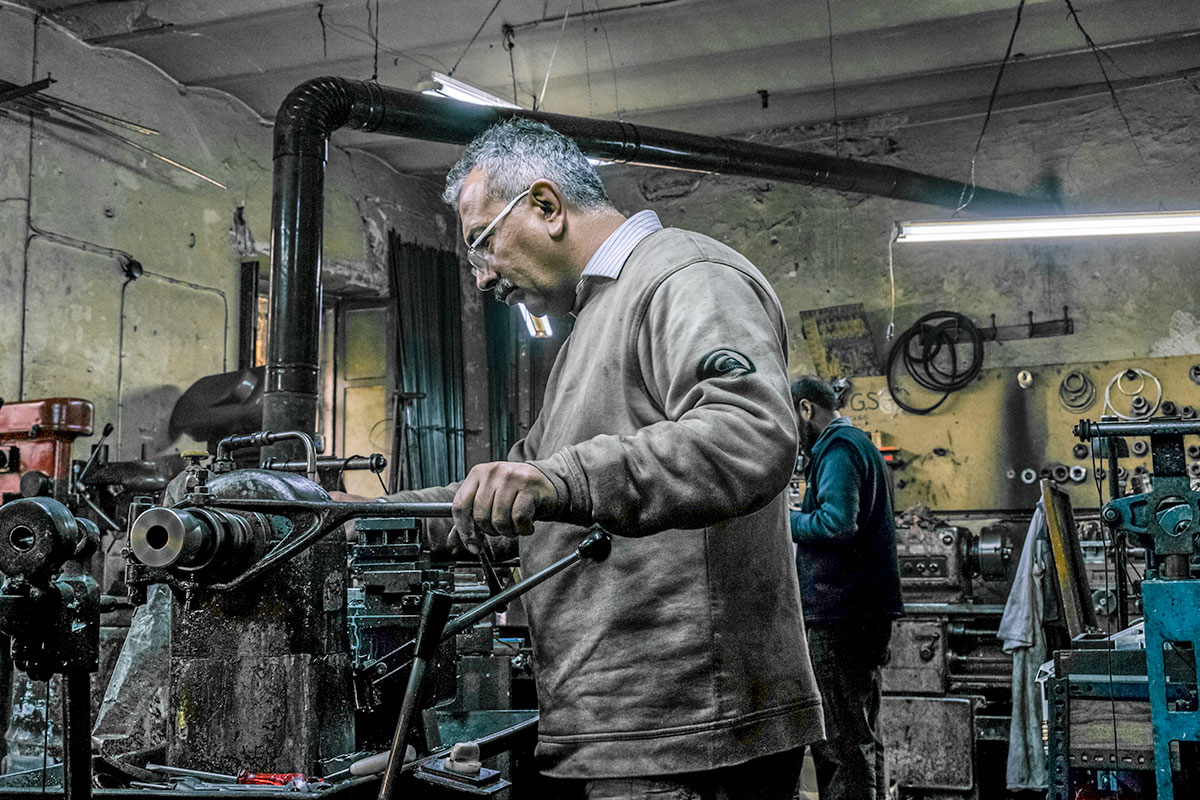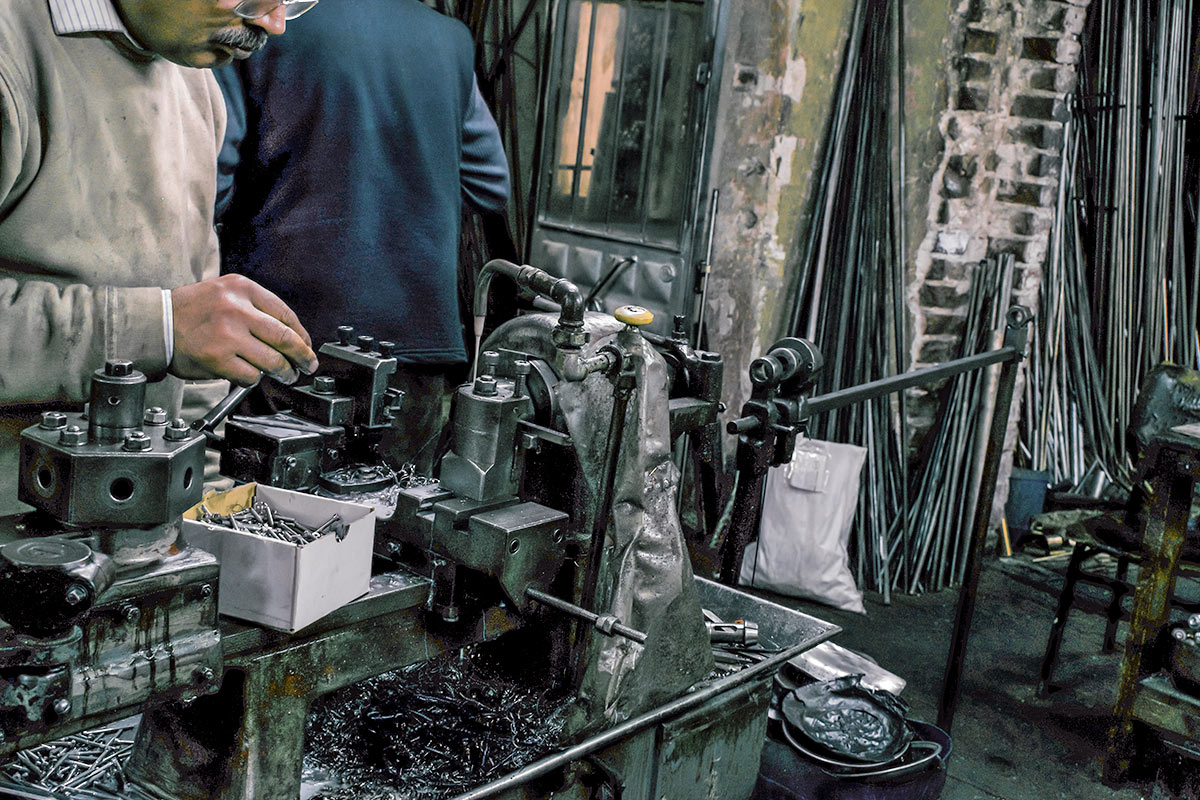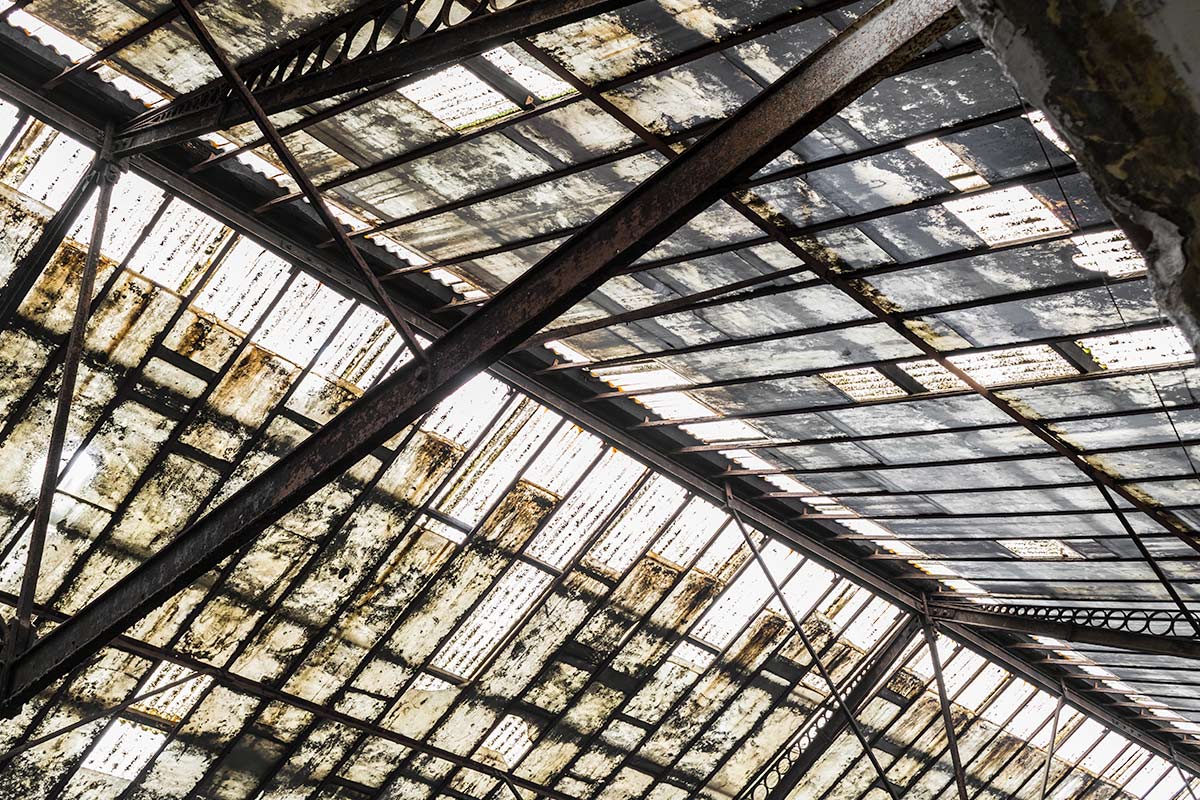The Hans were originally built in Seljuk times to encourage trade and provided lodging to incoming traders and artisans along their long-distance trade routes. This group of buildings were called caravanserais which derive from the word caravan and in Turkish it’s known as "hans".
They were built with a single monumental entrance gate, provided shelter, safety and services to merchants. Mainly with a large open-air courtyard, lodging, fountain, bath for washing and stables for animals, usually camels, horses and mules. In Ottoman times the hans were built with a second courtyard, additional floors, lodging, workshops and mosques. Istanbul’s Ottoman hans are typical examples of Ottomansecular architecture in stone which followed the models of Byzantine architecture and in later years heavily influenced by the reflection of Genoese colonial formation.
Today these hans are important historical monuments attracking attention with their authenticity, weariness and quite noticable the deterioration of the roof sections where some of the shops have cracked the arches and the ceilings on the top floor are flowing.
The Kurşunlu Han in Karaköy also known as Rüstem Paşa Han carries the permanent traces of Genoese, Byzantine and Ottoman. A large part of the lower floor of the two-story inn is the remains of Saint Michele's Cathedral, built by the Genoese in 1200 years and the upper floor was built by Mimar Sinan. These hans which had been serving as a passenger inn for centuries and now have been transformed into a business center where tradesmen practice their skills passed down for centuries to make textiles, shishas, and probably whatever we see for sale in the flee market these days.
